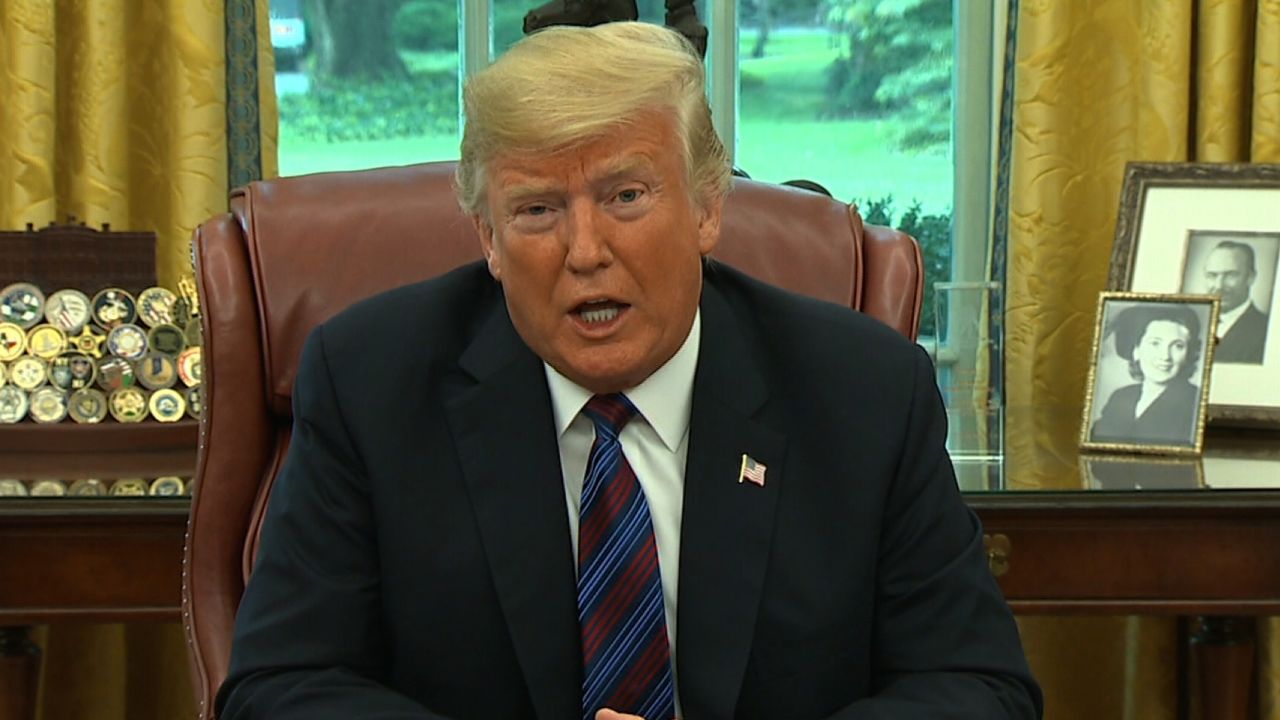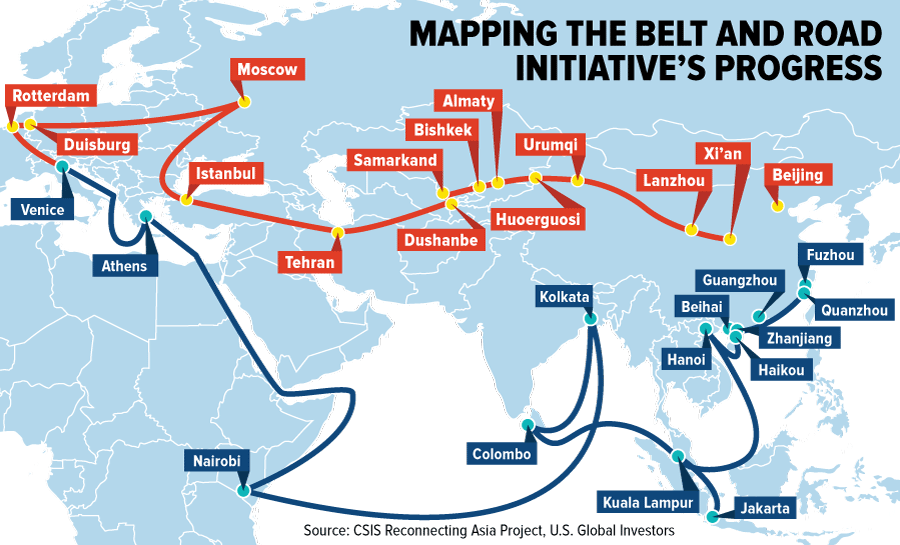Ignoring Economic Warning Signs? Trump's Pursuit Of Trade Deals

Table of Contents
The Promises and Perils of Trump's Trade Policies
Trump's trade policies aimed to revitalize the American economy by protecting American jobs and reducing trade deficits. The initial rhetoric surrounding these deals was overwhelmingly positive, promising a return to manufacturing dominance and fairer trade practices globally.
- Promises of increased manufacturing jobs: The administration frequently touted the creation of countless manufacturing jobs as a direct result of its trade actions.
- Claims of fairer trade practices: The narrative emphasized the correction of unfair trade practices by other nations, portraying the US as a victim of exploitative trade agreements.
- Expected reduction in trade deficits: A central goal was to significantly reduce the US trade deficit through tariffs and renegotiated agreements.
However, the potential downsides were often downplayed or ignored. The aggressive approach risked triggering retaliatory measures, disrupting established supply chains, and ultimately harming the very American businesses and workers it aimed to protect.
Economic Warning Signs Ignored or Downplayed
During the pursuit of these trade deals, several key economic indicators were either overlooked or their significance minimized. The focus on short-term gains potentially overshadowed the long-term consequences.
- Increased costs for consumers due to tariffs: Tariffs imposed on imported goods led to increased prices for consumers, impacting household budgets and reducing purchasing power.
- Negative impacts on specific industries due to retaliatory tariffs: Retaliatory tariffs from other countries negatively affected specific US industries, such as agriculture and manufacturing, leading to job losses and business closures.
- Disruption of established supply chains: The abrupt changes to trade relationships caused significant disruptions to global supply chains, leading to shortages and delays.
- Potential for increased global trade tensions: The confrontational approach adopted by the administration escalated global trade tensions, creating uncertainty and instability in the international market.
- Impact on small businesses: Small businesses, often lacking the resources to navigate complex trade regulations and tariff changes, were disproportionately affected.
The Case of the US-China Trade War
The US-China trade war serves as a prime example of the potential economic risks associated with Trump's trade policies. While the administration aimed to address trade imbalances and intellectual property theft, the resulting tariff war had far-reaching consequences.
- Rising prices of imported goods: Tariffs on Chinese goods led to a significant rise in prices for consumers in the US.
- Impact on American farmers: American farmers, a key constituency, faced significant losses due to retaliatory tariffs imposed by China.
- Retaliatory tariffs from China: China retaliated with its own tariffs on American goods, exacerbating the economic damage.
- Uncertainty in the global market: The trade war created significant uncertainty in the global market, discouraging investment and hindering economic growth.
Alternative Economic Strategies and Their Potential Impacts
A more cautious and multilateral approach to trade negotiations could have potentially mitigated many of the risks associated with Trump's aggressive tactics.
- Gradual trade liberalization: A phased approach to trade liberalization, allowing industries time to adjust to changing market conditions, would have minimized disruptions.
- Strengthening domestic industries through investment: Investing in domestic industries to enhance their competitiveness could have reduced reliance on foreign imports.
- Collaboration with international partners: Working with international partners to address trade imbalances through multilateral agreements would have fostered cooperation and avoided confrontation.
- Prioritizing diplomacy over confrontation: Prioritizing diplomatic solutions over confrontational tactics could have reduced trade tensions and fostered a more stable global trading environment.
Conclusion
Trump's aggressive pursuit of trade deals, while aiming for economic growth, carried significant risks. The potential for overlooking crucial economic warning signs, as evidenced by the US-China trade war and other trade disputes, led to increased consumer costs, disruptions in supply chains, and negative impacts on specific industries. A more nuanced approach, prioritizing gradual liberalization, domestic investment, and international collaboration, could have yielded more sustainable and beneficial outcomes. Understanding the complexities of international trade and carefully analyzing economic indicators is crucial for sound policymaking. Further research into the long-term effects of Trump's trade deals, and the lessons learned, is essential to avoid repeating similar mistakes in the future. We need to carefully consider the economic consequences of all future trade deals, ensuring a balanced approach that prioritizes both economic growth and stability.

Featured Posts
-
 Fortnite Festival Sabrina Carpenters Headlining Performance Stuns Fans
May 06, 2025
Fortnite Festival Sabrina Carpenters Headlining Performance Stuns Fans
May 06, 2025 -
 Knicks Vs Celtics Playoffs Game 1 Your Guide To Predictions And Betting
May 06, 2025
Knicks Vs Celtics Playoffs Game 1 Your Guide To Predictions And Betting
May 06, 2025 -
 Copper Market Outlook Chinas Stance On Us Trade Negotiations
May 06, 2025
Copper Market Outlook Chinas Stance On Us Trade Negotiations
May 06, 2025 -
 Jeff Goldblums Family Day Out Como 1907 Football Match
May 06, 2025
Jeff Goldblums Family Day Out Como 1907 Football Match
May 06, 2025 -
 Ashton Kutcher And Rumer Willis A Cryptic Comment And Its Aftermath
May 06, 2025
Ashton Kutcher And Rumer Willis A Cryptic Comment And Its Aftermath
May 06, 2025
